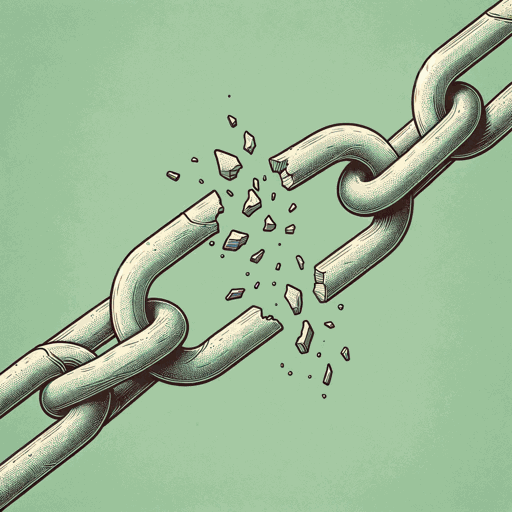58 pages • 1 hour read
Carol AndersonOne Person, No Vote
Nonfiction | Book | Adult | Published in 2018A modern alternative to SparkNotes and CliffsNotes, SuperSummary offers high-quality Study Guides with detailed chapter summaries and analysis of major themes, characters, and more.
Chapter 4Chapter Summaries & Analyses
Chapter 4 Summary: “Rigging the Rules”
State governments exploit their administrative powers to limit representation, remove polling places in non-White neighborhoods, restrict registration drives, and encourage cynicism. In fact, the Electoral Integrity Project found that North Carolina had democratic issues comparable to Iraq and Venezuela.
Redrawing congressional district maps for political gain dates back to the country’s inception with Patrick Henry exploiting the decennial process to keep James Madison out of Congress. In 1810, Massachusetts Governor Elbridge Gerry drew a district in the shape of a salamander, inspiring the term “gerrymandering,” and the South used this process to cull unfaithful politicians from its ranks.
They also practiced racial gerrymandering to limit the number of Black representatives. Tennessee’s city districts had only one third of the state’s representatives even as they outgrew rural areas in population. In Baker v. Carr, a resident challenged the law allowing this, stating that there is no way to resolve it through voting. The Supreme Court overturned the law as it violated the Fourteenth Amendment’s Equal Protection clause, stressing the importance of, “one person, one vote” (101).
The Court struggled, however, to control partisan gerrymandering by both political parties. In Davis v. Bandemer (1986), the court stated that it was not legally measurable.
Related Titles
By Carol Anderson


